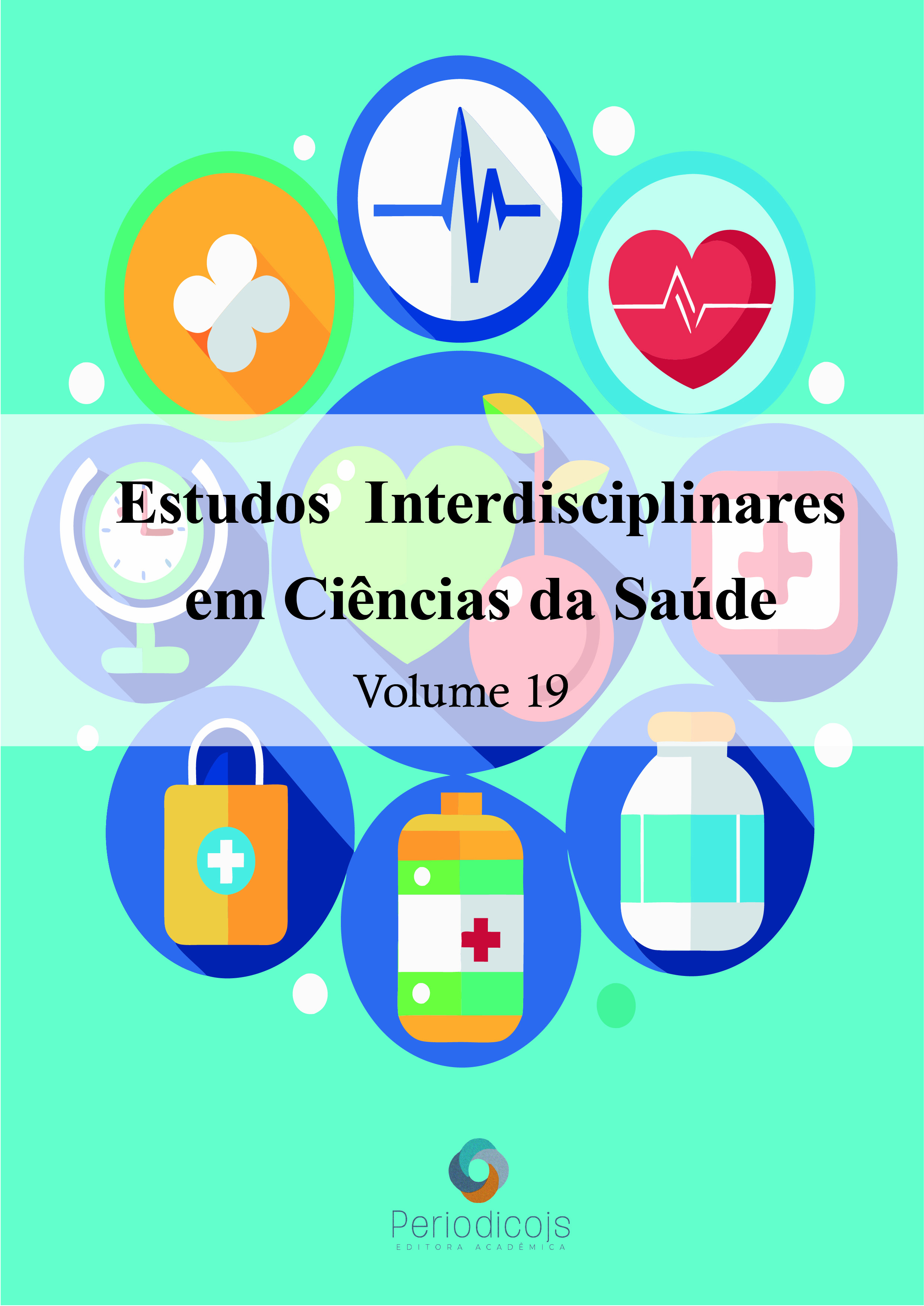Abstract
Pre-implantation diagnosis (PGD) is a tool used during the in vitro fertilization (IVF) procedure with the aim of enabling doctors and parents to select the best embryo for implantation in the mother's uterus. Thus, through this technique, it becomes possible to separate embryos with probable genetic diseases from healthy embryos. In this way, such selection among cryopreserved embryos leads to the construction of two categories: viable and non-viable embryos. The determination of a viable and non-viable embryo is directly related to two criteria: the presence of a genetic disease (e.g., Down syndrome, Turner syndrome, sickle cell anemia, among others), as well as the probability of generating a pregnancy upon implantation in the mother's uterus. In this scenario, it is possible to observe the construction of a social category, the so-called miracle babies, understood as those genetically programmed to be born through the in vitro fertilization procedure to cure a family member who needs a transplant due to a serious previous illness. Miracle babies have been gaining increasing prominence in the medical field and in the discussion of bioethics, due to the possibility of genetic selection and the need to obtain a genetically compatible being for donation. Thus, the objective of this paper is to discuss the production of miracle babies based on medical practice that is inserted in a consumer relationship, where family planning also expresses an economic relationship. Therefore, we intend to discuss this reality based on the use of the categories optimization of life present in Nikolas Rose and biosociability in Rabinow, in order to problematize this relationship between the optimization of life in a context of consumer relationships, for which a methodology based on a bibliographic review will be used.
References
ALMEIDA, Kamila; MELO, Itamar. Família fez fertilização in vitro para que filha pudesse salvar a irmã. Disponível em: < http://zh.clicrbs.com.br/rs/vida-e-estilo/noticia/2014/05/familia- fez-fertilizacao-in-vitro-para-que-filha-pudesse-salvar-a-irma-4491002.html>. Acesso em 10 de março de 2017.
ARANDA, Fernanda. A geração dos bebês nascidos para curar. Disponível em: < http://saude.ig.com.br/minhasaude/2013-05-02/a-geracao-dos-bebes-nascidos-para-curar.html>. Acesso em 10 de março de 2017.
BRASIL. Lei nº 11.935/2009. Disponível em: < http://www.planalto.gov.br/ccivil_03/_Ato2007- 2010/2009/Lei/L11935.htm> Acesso em 30 de abril de 2017.
CFM. Resolução nº 2.121/2015. Disponível em: < http://www.sbrh.org.br/divulgada-resolucao- 2-12115-do-cfm/> Acesso em 13. Fev. 2016.
MATTOS, Litza. Criança gerada por seleção genética salva vida da irmã. Disponível em <http://www.otempo.com.br/interessa/crian%C3%A7a-gerada-por-sele%C3%A7%C3%A3o- gen%C3%A9tica-salva-vida-da-irm%C3%A3-1.908021>. Acesso em 13 fev. 2016.
RABINOW, Paul. Antropologia da Razão. Rio de Janeiro: Relume-Dumará, 1999.
ROSE, Nikolas. A política da própria vida: biomedicina, poder e subjetividade no século XXI. São Paulo: Paulos, 2013.

